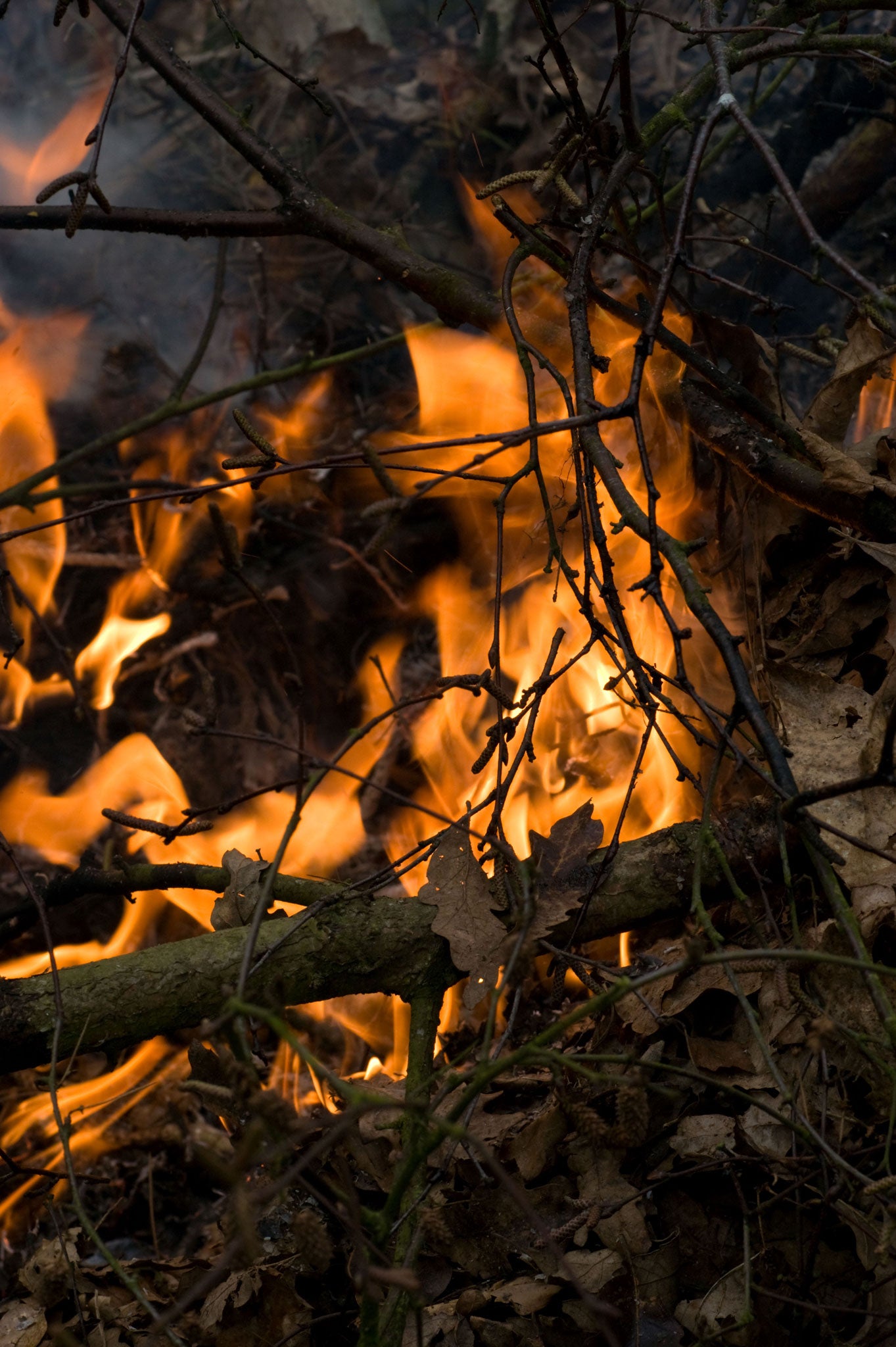The Independent's journalism is supported by our readers. When you purchase through links on our site, we may earn commission.
Emma Townshend: 'I love a bonfire but I have to remember that the neighbours might not'

Your support helps us to tell the story
From reproductive rights to climate change to Big Tech, The Independent is on the ground when the story is developing. Whether it's investigating the financials of Elon Musk's pro-Trump PAC or producing our latest documentary, 'The A Word', which shines a light on the American women fighting for reproductive rights, we know how important it is to parse out the facts from the messaging.
At such a critical moment in US history, we need reporters on the ground. Your donation allows us to keep sending journalists to speak to both sides of the story.
The Independent is trusted by Americans across the entire political spectrum. And unlike many other quality news outlets, we choose not to lock Americans out of our reporting and analysis with paywalls. We believe quality journalism should be available to everyone, paid for by those who can afford it.
Your support makes all the difference.I always want to burn stuff at this time of year. I want to pile it high, set fire to it, and watch it go. I want to fall asleep with my hair smelling of bonfires, put on my jumper again weeks later and still be able to smell smoke. I want to eschew the tip and the council recycling bags and just lay waste to the lot of it. Burn, burn, burn!
But setting fire to things in a major world city is easier said than done. It's all very well for people who live in the country, who probably have some special section of their four-acre garden set aside for rotting and burning. But when you share your own local four acres, cheek by jowl with about 1,000 other people (some of whom are living in illegal shed dwellings to which you would not at all like to set fire), it becomes more complicated.
In fact, not setting fire to your neighbours' gardens is one of the main skills of city burning. My friend Sarah's neighbours in leafy west London are still blanking her after a newly built Wendy house met an unfortunate demise in a rapidly spreading fence fire she started. And I will always treasure the memory of saving my own fences and those of my immediate neighbours by soaking them with a hosepipe after a little-witted person up the road started a garden-waste fire using actual petrol. So there are two tips for starters: soak the fences before you start; and don't choose petrol as what the fire brigade likes to call "an accelerant".
Thinking of safer ways to burn, I used to hop over the fence and borrow my old neighbour's dustbin incinerator whenever I wanted to dispose of a big pile of leaves and branches. Eventually I bought my own, (Screwfix sells a sturdy galvanised one made by Apollo for £19.99), although they rust rather quickly and last only about three years unless you clean them every time then store them under cover. And I'm not quite anal enough to purchase a dustbin incinerator cover. Yet. It could happen.
The most important thing with dustbin incinerators – and it sounds obvious, but run with me – is that they need to be completely cleared of old ash between uses. There's no point trying to aerate a new fire if the bottom is all blocked with ash. Clear it out, put it on your flower beds, or mix it into your compost.
Next, you need to get the structure of the new fire right. If you didn't attend Scouts, simply follow these instructions. Don't light a fire under a tree; you can't move it once you've realised you're slowly brûléeing your neighbour's apple tree, and even smoke from a fire can kill off leaves, so you need clear sky overhead. Same goes for scorching what's underneath – don't light it on precious patio paving or a lawn. Also essential: start small. Roll up some newspapers and place them in the bottom, then make a little pyramid of cardboard and twigs above the newspapers. Light the newspaper, and as the fire heats up, only then begin to add bigger branches.
You also need to check the local regulations. In our borough, it is permitted to have fires in the garden, but only after dark. Pick a weeknight to make things easier for yourself, and check from an upstairs window before starting that no one nearby has their washing out – they may not feel quite the same way about fragrant woodsmoke as I do.
The only way to avoid a really smokey fire is to build the initial fire properly, so it quickly burns really hot, and to avoid burning fresh cuttings as much as possible; slightly dry wood, branches and leaves will burn with much less smoke. And there we go: towering inferno! And hopefully, come morning, the neighbours will still be speaking to you.
Four more ways to incinerate things
Steel Fire Bowl
This elegant, simple fire bowl in mild steel on tripod legs allows a visible fire. £34.99, this and all following from Waitrose Garden (waitrosegarden.com)
Party Fire Log
This single log, split and prepared to burn vertically, lasts for about two hours. Burns with a tall visible flame, and needs lots of space for safe use. £13.99
Hotspot Square Brazier Firepit
Big enough to burn logs, but with a chromed-leg look that will suit modern gardens very nicely indeed. £169.99
Cast-iron Disc Brazier
A big, wide-rimmed bowl that looks as though it's come straight out of a Greek myth, painted black, though it will eventually rust. £64.99
Join our commenting forum
Join thought-provoking conversations, follow other Independent readers and see their replies
Comments